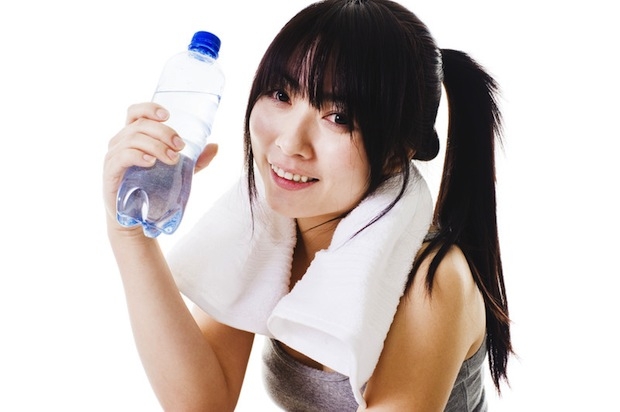Most people know that a warm up before taking part in any kind of exercise is essential, but cooling down is often overlooked. People are either in rush, or don’t feel it’s necessary, but cooling down is very important, especially if you are engaging in intense exercise that increases your heart rate and place heavy stress on your muscles. Cooling down makes sure the body recovers properly, and is greatly important for the health of your heart.
According to the American Council on Exercise, if you suddenly stop after doing exercise that gets your heart rate up you can be at the risk of getting Blood Pooling Syndrome. During strenuous activity, your heart sends blood to the muscles because of their increased need for oxygen and nutrients. The blood vessels in your legs and feet expand causing more blood to flow into your lower extremities. Blood Pooling Syndrome is when you suddenly stop without taking time to cool down causing your heart rate to drop abruptly. This can cause blood to stay and pool in your lower body instead of circulating back to the heart.
Blood Pooling Syndrome mostly leads to sudden dip in blood pressure which can cause dizziness and fainting, but it’s also been shown to lead to cardiac arrhythmia, which is a life threatening condition. The risk is greater for serious athletes because their heart rate is slower and their veins can hold more blood than the average person. Those with heart disease are also at greater risk because blood vessels leading to the heart are narrowed making it harder for blood to get to the heart. A cool down is the best way to avoid Blood Pooling Syndrome.
Other benefits of cooling down include:
- gradually returning blood circulation to normal, aiding in the distribution of oxygen and nutrients, which are needed for muscle repair and growth
- ensuring that the brain continues to receive a sufficient supply of blood and oxygen
- flushing toxins from muscles
- returning breathing to normal pace
- relieving muscle tension and preventing muscle pain
The aim of cooling down is to gradually return the body to the state of rest. Take about 10 minutes to cool down (more if you really exerted yourself, like running a marathon)
The 4 parts of cooling down are:
Part #1 – Gentle Exercise
The best way to cool down is to continue the same type of movements as you were doing during your workout but at a lesser intensity. For example, if you were biking uphill, cool down by biking at a slower pace on flat land. If you were running, jog. If you were lifting, try some walking lunges, spinal twists, joint rotations, yoga poses, and stretching. The key is to avoid any abrupt change of pace and gradually slow down until your heart rate is back to it’s pre-workout rate. This part of your cool down should run about 3-5 minutes; longer if your heart rate is still elevated.
Part #2 – Stretching
Once your heart rate has returned to normal you should follow up the gentle exercise portion of your cool down with at least 5 minutes of stretching. The focus should be on the muscles you just worked on, but every major muscle should be stretched. You can get a sore back due to tight hips, so remember that different muscles can influence each other even if they weren’t targeting in your workout.
Start each stretch slowly, exhaling as you gently stretch the muscle. You can push the stretch further as you feel the muscle relax. Try to hold each stretch for at least 10 to 30 seconds or until you feel the muscle give/relax. Stretching the muscles you worked out will help return them to their normal length, reducing soreness/DOMS, and aid with muscle circulation and recovery.
Part #3 – Refuel
The body needs proper nutrients to build muscle and recovery properly. You should always eat something within 20-60 minutes after you finish your workout since this is when your muscles soak up nutrients most effectively. Protein is crucial in providing the amino acids that are needed for muscle rebuilding and recovery. Protein also can increase the absorption of water from the intestines to improve muscle hydration. Studies have shown that eating protein with carbohydrates makes the protein more effective. A good formula to remember is about 4 grams of carbs for every 1 gram of protein.
CLICK HERE for ideas for post workout snacks
Part #4 – Hydrate
Dehydration can affect blood pressure, muscle contraction and relaxation, (I.E. Soreness) and can also hinder weight loss efforts. Make sure to replenish your body’s water supply after your workout.
In conclusion, don’t be lazy. An extra 10 minutes is all you really need for a proper workout cool down. Investing these few measly extra minutes can greatly affect how you feel and your the overall health of your body.
Sources: livestrong.com





 Payments powered by:
Payments powered by:

